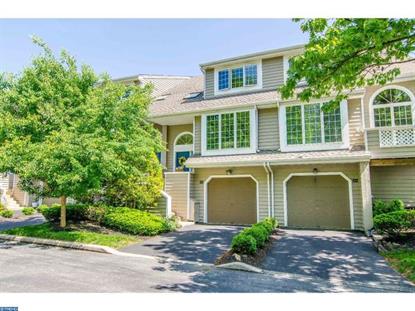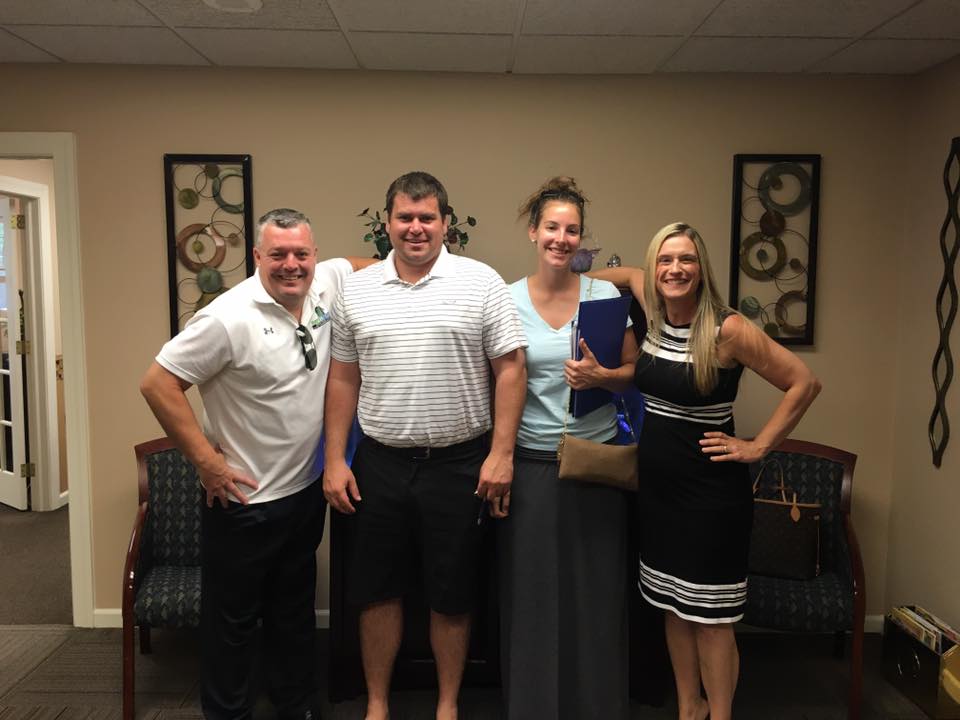If you’re thinking about purchasing a home, but aren’t quite ready for the financial investment, you may wish to consider a rent-to-own (sometimes known as a lease-purchase). This type of arrangement occurs when a tenant/buyer signs a lease for a home for a specified period of time, as well as an Agreement of Sale to purchase the home at a later date. Usually this period of time is one or two years.
While each situation works a bit differently and can be negotiated by both parties, they also typically require the tenant/buyer to make a non-refundable good faith deposit to ensure that they have the honest intention of purchasing the home at a later date. Depending on the agreement between the buyer and seller, sometimes this good faith deposit can be $5,000 or even $10,000, which can restrict some genuinely interested home shoppers.
Renting-to-own might make sense for interested buyers who are working on improving their credit score, or saving up for a down payment. Be mindful, though, that many sellers will want the buyer to be financially stable in an effort to ensure that the mortgage process will go smoothly during the sale.
Because most of these agreements require a hefty good faith deposit (which isn’t returned if the buyer simply decides not to purchase!), renting-to-own isn’t a “try before you buy” situation. As a result, we don’t always recommend these arrangements to folks who are new to the area and unsure where they want to settle down.



